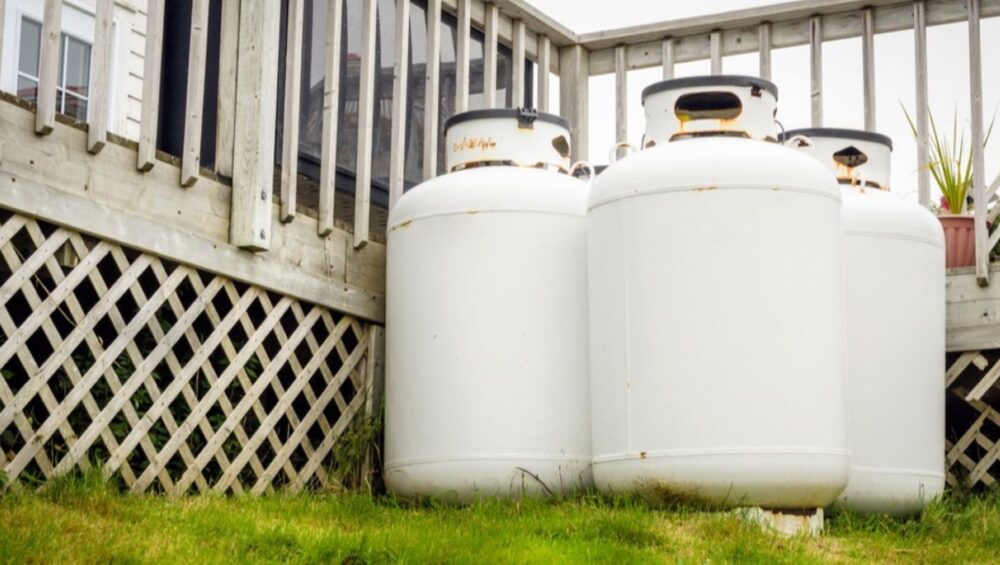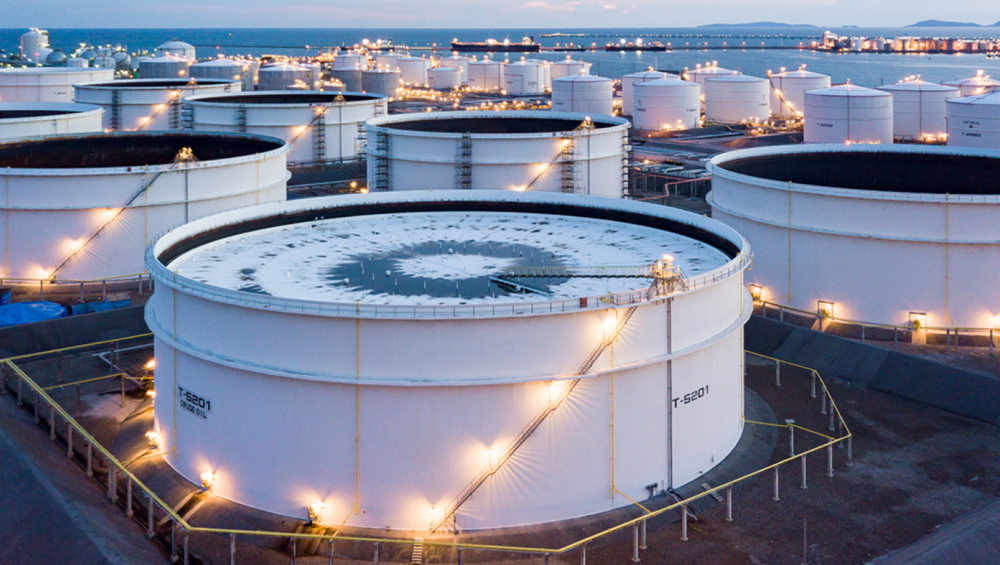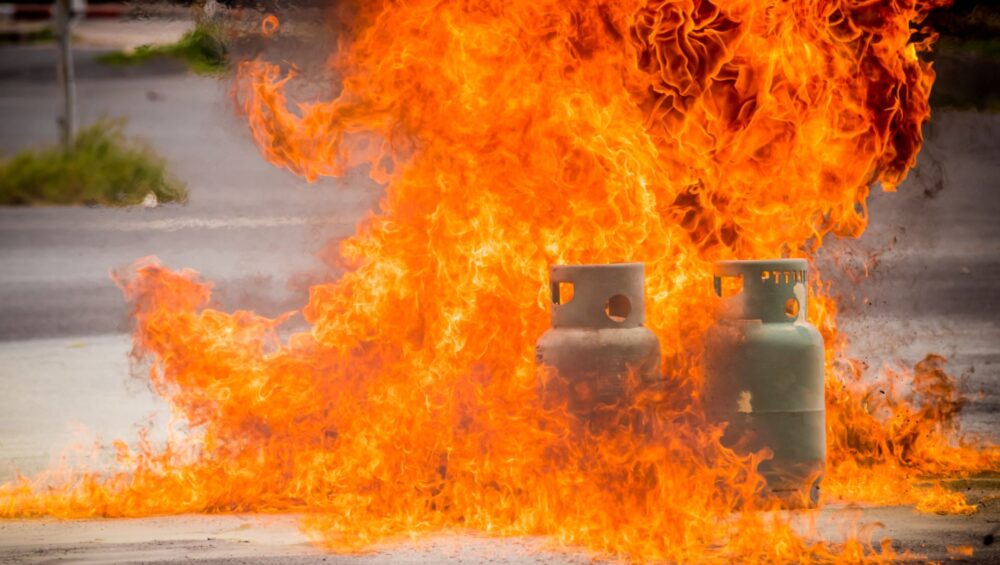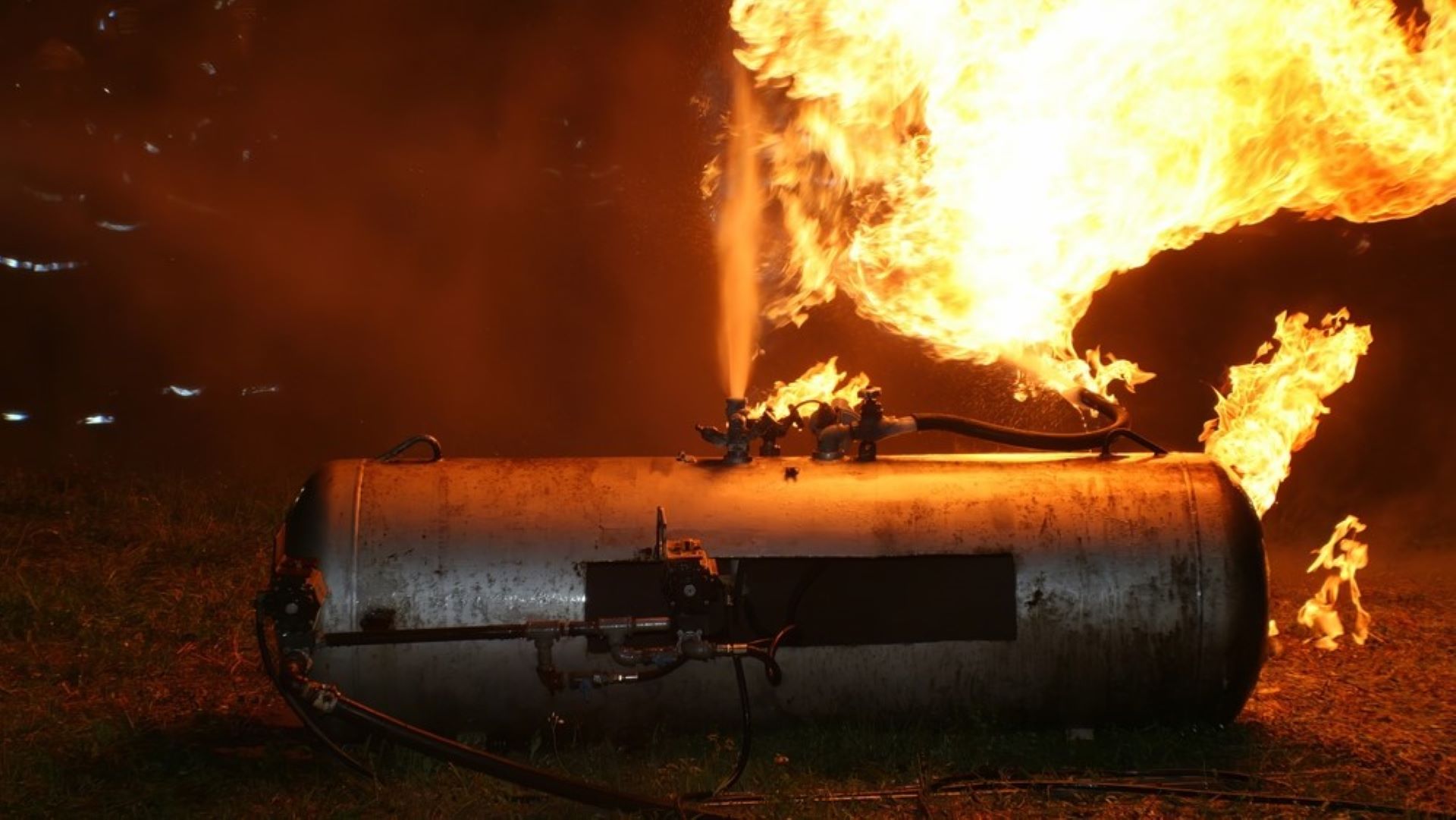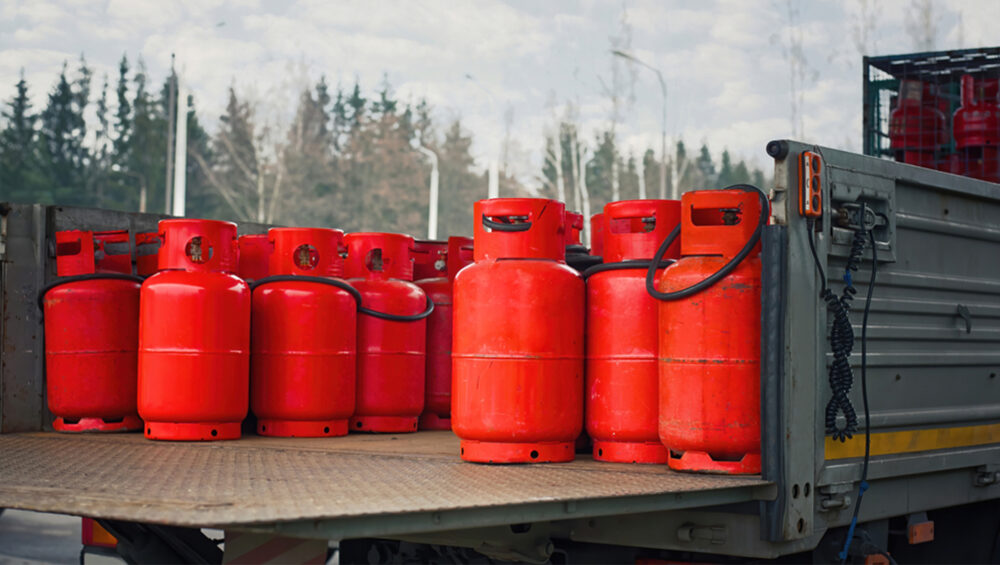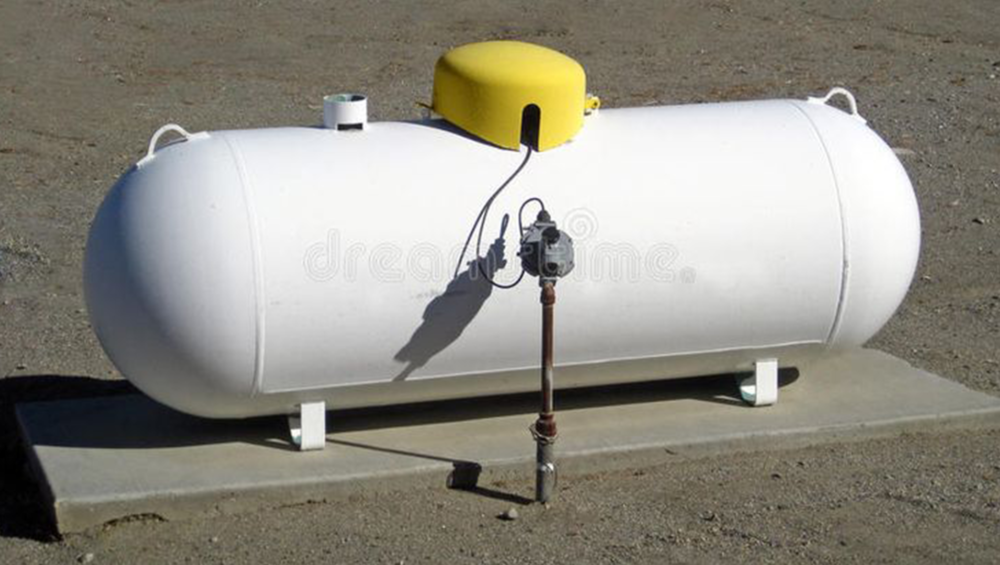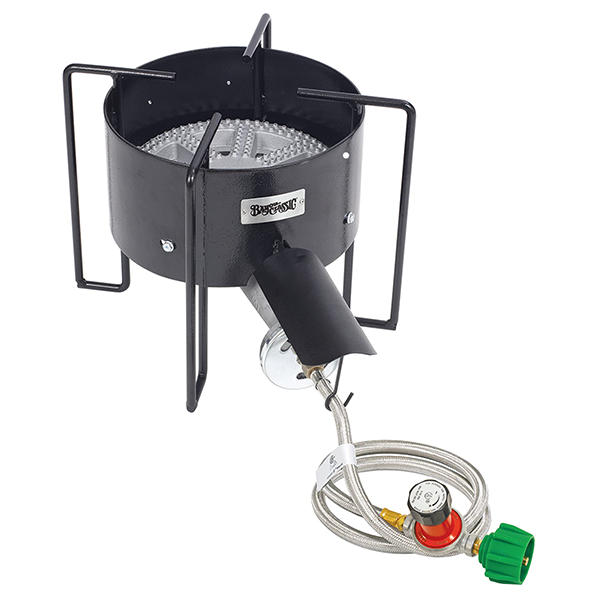When it comes to heating your home, fueling your appliances, or running an outdoor barbecue, propane is an efficient, clean, and versatile fuel choice for homeowners. But finding the right propane supplier is very important. Here are the key considerations every homeowner should weigh when choosing a propane supplier.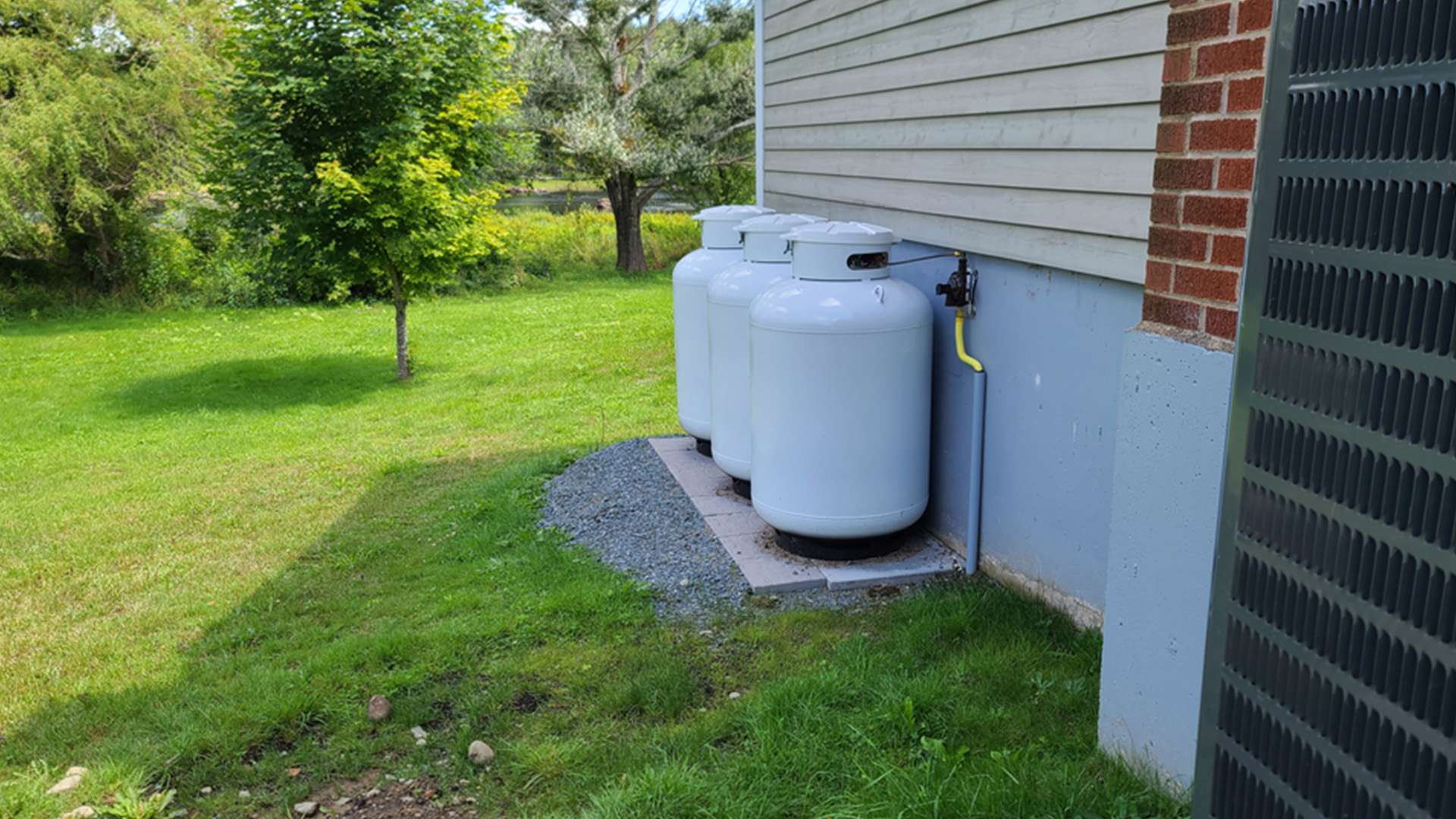
- Understand Your Propane Needs
Determine how much propane you will require first. For example, do you mostly use propane for cooking, heating, or emergency power? Generally speaking, a home’s heating needs are greater than its cooking needs. While a smaller home or one with seasonal propane use may only require a 100-lb or 20-lb propane tank, a household that regularly uses propane heating might want to consider a 500-gallon propane tank to guarantee a consistent supply. Small propane tanks or cylinders might be more useful for homes with limited space.
- Look for Suppliers That Offer Flexible Delivery Options
Your experience as a propane user can be significantly improved by a trustworthy propane delivery service in your area. Verify whether the propane companies you are thinking about provide emergency deliveries during periods of high demand as well as convenient delivery schedules. You can save time and hassle by using the home propane tank refill services that many suppliers offer.
- Price Transparency and Affordability
Propane suppliers can have very different prices. Seek out a supplier who is open and honest about costs, delivery fees, and seasonal variations in prices. Although some businesses might have lower starting prices, you should inquire about additional fees and long-term costs. It can be tempting to find the best deal on LPG gas in your area, but always compare cost to dependability and service quality.
- Service and Safety Features
Propane is a highly flammable gas, so proper handling and storage is essential. Choose a supplier who prioritizes safety by adhering to industry best practices for installation, propane refill services, and maintenance. A reputable propane supplier should employ trained technicians who can assist with safe installation and regular inspections of your LP gas tank or propane cylinder.
Consider suppliers who provide safety features such as leak detection systems, automatic shut-off valves, and scheduled inspections. Many top-rated companies provide propane tank delivery service near me with a focus on safety, so inquire about their policies and certifications.
- Customer Service and Reputation
When looking for the best propane supplier near me, read reviews, ask your neighbors for recommendations, and compare customer service options. Choose a company that is easy to reach and responsive in times of emergency. Many homeowners rely on customer reviews to find the best propane tank suppliers and LP gas companies near me that have a solid reputation for dependable delivery and clear billing.
Suppliers with excellent customer service will frequently provide round-the-clock support and even consultation services to help you better understand your propane needs. Look for a propane delivery service near me that has a reputation for providing excellent customer service, especially if you live in an area prone to power outages.
- Environmental and Energy Efficiency Considerations
In recent years, propane has gained popularity as an environmentally friendly fuel alternative to oil or coal. When selecting a supplier, inquire about their commitment to sustainable and energy-efficient practices. Some companies may provide programs to help you track your propane usage, tips for optimizing energy use, or commercial propane delivery options that are specifically designed for energy efficiency.
Conclusion
Choosing the right propane supplier can have a long-term impact on your comfort, finances, and peace of mind. Understanding your propane needs, comparing pricing options, and evaluating delivery and safety features will allow you to make an informed decision that will keep your household running smoothly. So, whether you are looking for propane tank delivery or propane exchange delivery options, researching and evaluating suppliers can help you reap all of the benefits of propane.

